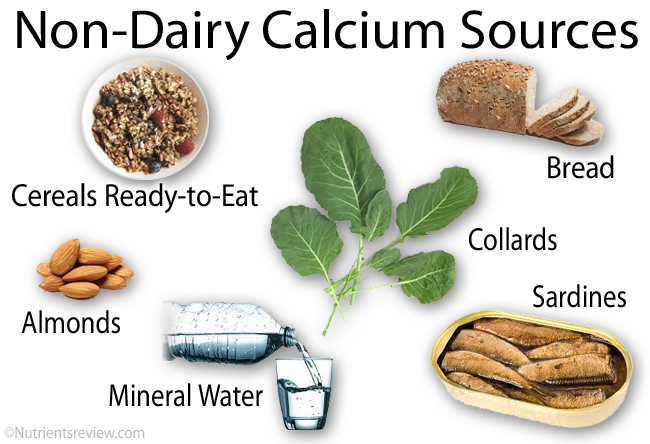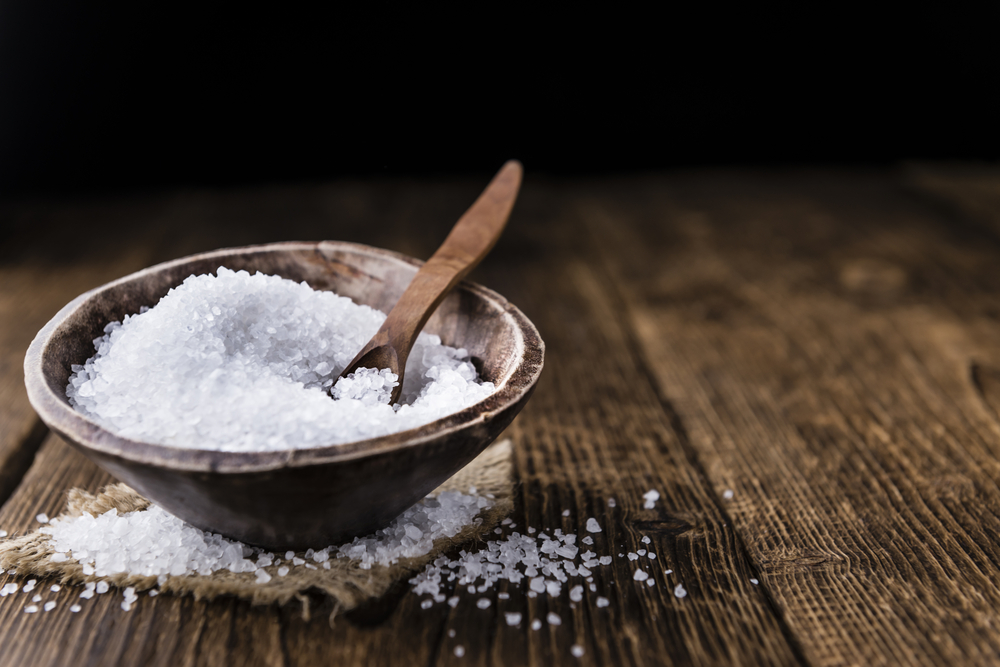Essential Minerals

Calcium gives strength to the bones and teeth. It allows for the proper functioning of the nerves, muscles, gut, heart and blood vessels. It also has a role in blood clotting and the production of energy from carbohydrates.
The chemical symbol for calcium is Ca.
- Dairy products (milk, cheese and yoghurt)
- Canned sardines and salmon with bones
- Wholegrains
- Tofu and soy fortified drinks
- Broccoli
- Almonds

Chloride is the negatively charged ion of the chemical element chlorine. It is important to maintain the right balance of the fluids inside and outside of the cells. It also helps to maintain the blood volume, pressure and pH. It is also needed for the production of hydrochloric acid (HCl) in the stomach.
The chemical symbol for chloride is Cl–.
- The main source of chloride is table salt, which is sodium chloride (NaCl), and a salt substitute potassium chloride (KCl).
- Tomatoes
- Olives
- Leafy vegetables
- Rye
- Seaweeds

Chromium helps with normal growth and metabolism. It plays a crucial supportive role in blood glucose regulation since it enhances the effects of insulin which stimulates the uptake of glucose by the cells. It is typically stored in the liver, spleen, soft tissues and bones.
The chemical symbol for chloride is Cr.
- Yeast extract (vegemite, Marmite)
- Egg yolk
- Liver and kidney
- Lean meat
- Wholegrains
- Cheese

- Energy release from foods (as part of an enzyme cytochrome c oxidase)
- Recruiting iron from the body stores
- Integrity of connective tissue in the skin, bones, heart muscle and vessels
- Synthesis of signaling molecules in the brain (neurotransmitters: dopamine, serotonin, epinephrine)
- Synthesis of the nerve sheets
- Synthesis of the pigment melanin, which gives color to the skin, hair and eyes
- Joins with iron in formation of hemoglobin
- In the blood, copper is bound to a protein ceruloplasmin that acts as a body copper store.
- Symbol for Copper is Cu.
- PLANT FOODS: nuts, seeds, legumes, whole grains, potatoes, tomatoes
- ANIMAL FOODS: liver, oysters, clams, crabs, mussels, liver
- Municipal water in some areas and some mineral waters may be high in copper.
- Yeast extract (e.g. Vegemite)
- Human breast milk contains about 500 mcg (o.5 mg) copper per liter . The Adequate Intake Level (AI) for copper for infants 0-6 months old is 200 mcg/day and for 7-12 months old infants 220 mcg/day.
Iodine is a part of the thyroid hormones triiodothyronine (T3) and thyroxine (T4), which are important for organ development, growth, metabolism, reproduction and normal brain function.
The chemical symbol for iodine is I.

- Iron, as part of hemoglobin, carries oxygen in the blood, and as part of myoglobin in muscles, it carries oxygen in the muscles.
- As part of certain enzymes iron is involved in the metabolism and immunity.
- The chemical symbol for iron is Fe.
- Lean red meat, poultry, seafood
- Dark leafy vegetables
- Fortified breakfast cereals
- Wholegrains
- Legumes
- Eggs

- Magnesium is necessary for the functioning of the nerves, muscles, the heart and gut. It also helps to provide structure for bones.
- Magnesium is a natural calcium antagonist, for example, calcium enables muscle contraction and magnesium muscle relaxation.
- Magnesium is also important for proper functioning and balance in the body of calcium, potassium and vitamin D.
- Magnesium is also involved in the release of energy from food.
- The chemical symbol for magnesium is Mg.

- Manganese(Mn)is essential for the processing of carbohydrates, cholesterol and protein.
- It has antioxidant activity.
- It is important for gluconeogenesis : the synthesis of glucose from non-carbohydrate molecules.
- It plays a role in the removal of excessive ammonia from the body.
- It is also involved in the synthesis of collagen, which is important for bone strength and proper wound healing
- It also has a role in the synthesis of proteoglycans, needed for cartilage and bone strength.
- Nuts
- Wholegrains
- Cereals
- Vegetables
- Oils

Molybdenum (Mo) is required for the metabolism of the sulfur-containing amino acids: methionine and cysteine .
Foods high in molybdenum include legumes, grains, nuts, leafy vegetables, milk, cheese and organ meats.

- Phosphorus (P) works with calcium in the formation of strong healthy bones and teeth.
- This element also helps the body to produce energy from food, store energy and also use energy.
- It activates various enzymes, vitamins and hormones.
- It also helps to maintain acid-base balance.
- It is present in the human body as the phosphorus-oxygen compound Phosphate (PO4).
• Meat
• Milk and cheese
• Eggs
• Yeast extract (e.g. Vegemite)
• Bran and wheat germ
• Nuts and seeds

- Potassium is important for muscular contractions (heart, smooth muscles and skeletal muscles).
- It is required for the transmission of nerve impulses throughout the nervous system: allowing sensations, movement, thinking, etc.
- It also helps with the maintenance of fluid balance.
- It also plays a role in producing energy from carbohydrates.
- The Latin name for potassium is the same as for alkali — kalium. The chemical symbol for potassium is K.
- Nuts
- Yeast extract, e.g. Vegemite
- Dried fruit
- Bananas
- Bran and wheat germ
- Raw fruit and vegetables
- Lean meat and fish

- Selenium is incorporated into the amino acid selenocysteine, which is part of selenoproteins.
- Selenoproteins act as antioxidants, which may protect cells against free radicals
- Selenoproteins are required for conversion of the inactive thyroid hormone (T4) into its active form (T3).

Selenium in foods is in the form of an amino acid selenomethionine. Selenium content of foods greatly depends on amount of selenium in soil.
- Plant foods high in selenium: nuts, rice, whole-wheat bread
- Animal foods high in selenium: fish, poultry, eggs
- Sodium (Na), along with chloride and potassium, helps to maintain electrical charge across the cell membranes in nerve tissue facilitating proper functioning of the nerves, muscles and heart.
- Sodium enhances the absorption of chloride, glucose, amino acids and water from the small intestine into the blood, and the absorption of glucose and amino acids from the blood into the cells.
- Sodium promotes water retention maintaining water balance.
- Sodium is involved in the regulation of blood volume and pressure.

Foods high in sodium are usually processed food like:
• Table, sea and vegetable salt
• Sauces and stocks
• Yeast extract, e.g. Vegemite
• Processed meats (ham, devon, salami)
• Cheese
• Bread
Zinc (Zn) has a number of important functions including:
- helping in wound healing and immune function.
- Being essential for normal taste, smell and sight
- Helping in the formation of strong bones.
- Being important for Protein and DNA synthesis
- Aiding in development of organs and growth
• Lean meat, fish and chicken
• Milk
• Wholegrains
• Legumes and nuts

I hope you noticed that many of the same foods have several of the different essential minerals. Having a diet that consists of a wide variety of whole (unprocessed) foods will ensure that we have all the essential minerals we need.
